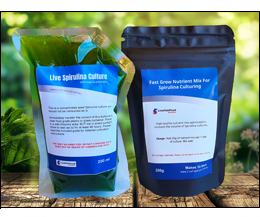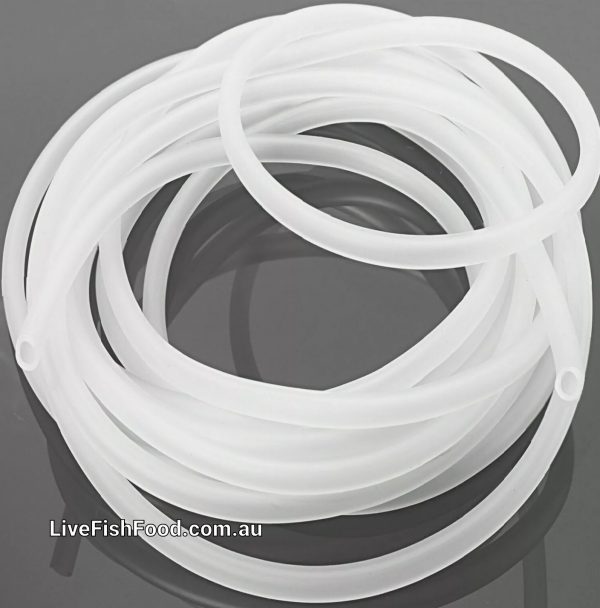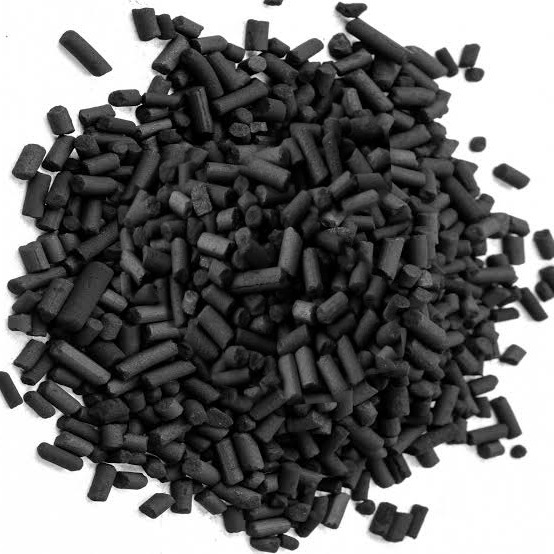Benefits, Techniques, and Considerations
Aquaculture has increasingly embraced the use of various food sources to enhance fish health, growth, and coloration. Among these, live spirulina stands out due to its remarkable nutritional profile and potential benefits. Spirulina, a blue-green microalga, is known for its high protein content, vitamins, and essential fatty acids. This article will explore the advantages of feeding live spirulina to fish, practical feeding techniques, and considerations for successful integration into aquaculture systems.
Nutritional Profile of Spirulina
High Protein Content
Spirulina is composed of approximately 60-70% protein, making it one of the most protein-rich foods available. This is especially beneficial for fish, which require high protein levels for optimal growth and muscle development. The protein in spirulina is easily digestible, promoting better nutrient absorption.
Essential Fatty Acids
Spirulina contains essential fatty acids, including omega-3 and omega-6, which are crucial for fish health. These fatty acids play a significant role in cell membrane structure, hormone production, and overall metabolic processes. A diet enriched with spirulina can lead to healthier fish with improved growth rates and reproductive performance.
Vitamins and Minerals
Spirulina is an excellent source of various vitamins, particularly B vitamins, vitamin E, and beta-carotene. It also contains essential minerals such as iron, calcium, and magnesium. These nutrients are vital for the immune function, energy metabolism, and overall vitality of fish.
Antioxidants
Spirulina is rich in antioxidants, which help combat oxidative stress in fish. This can lead to improved health, reduced susceptibility to diseases, and enhanced recovery from stressors, such as handling or environmental changes.
Benefits of Feeding Live Spirulina to Fish
Enhanced Growth Rates
Studies have shown that fish fed with spirulina exhibit improved growth rates compared to those fed conventional diets. This is largely due to the high protein content and balanced nutrient profile of spirulina, which supports optimal development.
Improved Coloration
One of the most noticeable benefits of feeding spirulina is its effect on fish coloration. The carotenoids in spirulina, particularly astaxanthin, enhance the vibrant colors of many fish species, making them more attractive in both aquaculture and aquarium settings.
Immune System Support
Regular inclusion of spirulina in fish diets has been linked to enhanced immune function. The antioxidants and nutrients present in spirulina help bolster the fish’s defense mechanisms, leading to better resilience against diseases.
Stress Reduction
Research suggests that spirulina can help reduce stress in fish, which is crucial for maintaining overall health. A less stressed fish is more likely to exhibit normal behavior, feed efficiently, and recover quickly from handling or environmental stressors.
Environmental Benefits
Feeding spirulina can also be advantageous from an environmental perspective. Spirulina can be cultivated with minimal resources and can contribute to a sustainable aquaculture practice by reducing the reliance on fishmeal and other unsustainable feed sources.
Techniques for Feeding Live Spirulina to Fish
Cultivation of Spirulina
Before feeding live spirulina to fish, it’s essential to cultivate it properly. Spirulina thrives in warm, alkaline water with plenty of sunlight. Here are the steps for cultivating spirulina.
Feeding Methods
Once you have cultivated live spirulina, it can be fed to fish using various methods:
- Direct Feeding: Introduce small amounts of live spirulina directly into the tank or pond. Fish will instinctively consume it.
- Mixing with Dry Feed: If fish are accustomed to dry feed, mix live spirulina with their regular diet to encourage acceptance.
- Feeding in Small Portions: Feed in small quantities multiple times a day rather than one large feeding. This mimics natural feeding behavior and ensures that all fish can access the food.
- Observe Fish Behavior: Monitor how fish respond to spirulina. If they are eager to feed, it indicates they enjoy it. Adjust feeding amounts based on their consumption patterns.
Considerations for Feeding Spirulina
Fish Species
Not all fish species may respond equally to spirulina. While many freshwater and marine fish benefit from spirulina, it’s essential to understand the specific dietary needs of the fish being raised. Some species may prefer other food sources, so it’s advisable to offer a varied diet.
Potential Allergies
Although rare, some fish might exhibit adverse reactions to spirulina. It’s prudent to introduce it gradually and monitor fish for any signs of distress or changes in behavior.
Storage and Shelf Life
Live spirulina should be fed fresh whenever possible. If it needs to be stored, keep it in a cool, dark place, preferably refrigerated. Use it within a few days to ensure optimal freshness and nutrient content.
Balance with Other Nutrients
While spirulina offers numerous benefits, it should not be the sole component of a fish’s diet. A balanced diet that includes various nutrients, vitamins, and minerals is essential for comprehensive fish health.
Feeding live spirulina to fish presents a range of advantages that can enhance their growth, coloration, and overall health. With its high protein content, essential fatty acids, and rich nutrient profile, spirulina can be an invaluable addition to aquaculture and aquarium diets. By understanding proper cultivation methods, feeding techniques, and the specific needs of different fish species, aquaculturists and fish enthusiasts can successfully integrate live spirulina into their feeding regimens, promoting vibrant, healthy fish populations. As sustainable aquaculture practices continue to evolve, the use of live spirulina serves as a promising solution for enhancing fish nutrition while contributing to environmental sustainability.
-
200ml Live Spirulina Starter Culture – Raw, Fresh Spirulina
-
4mm Soft Silicon Aquarium Air Line
$1.80 GST inc. -
Activated carbon filter media – 200g
$19.50 GST inc.





